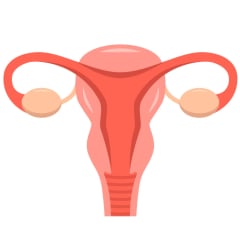Interior designers and interior architects are professionals who work in the field of interior design, but they have distinct roles and areas of focus.
Interior Designer:
- Focus: An interior designer is more focused on the aesthetics, functionality, and decor of interior spaces. Their primary concern is creating a harmonious and visually appealing environment that suits the client's needs and preferences.
- Education: Interior designers typically have formal education in interior design, interior decoration, or a related field.
- Expertise: They possess a keen eye for design principles, color schemes, materials, furniture, and accessories to enhance the look and feel of a space while ensuring it serves its intended purpose.
- Projects: Interior designers are commonly involved in a wide range of projects, including residential homes, apartments, offices, hotels, restaurants, and retail spaces.
Interior Architect:
- Focus: An interior architect is primarily concerned with the architectural aspects of interior spaces. They focus on the structural elements, spatial planning, and the integration of the interior design with the overall architectural design of the building.
- Education: Typically, interior architects have a formal education in architecture, which includes a degree in architecture or interior architecture.
- Expertise: They are skilled in designing and modifying the interior layout, walls, ceilings, and floors, often working closely with architects and construction teams to ensure that the interior spaces are functional, safe, and compliant with building codes.
- Projects: Interior architects are commonly involved in larger-scale projects like commercial buildings, public spaces, or residential buildings that require significant structural modifications or new constructions.
In summary, while there is some overlap in the skills and knowledge of interior designers and interior architects, the former is more concerned with the aesthetics and functionality of interior spaces, while the latter is focused on the structural aspects and integration with architecture.

